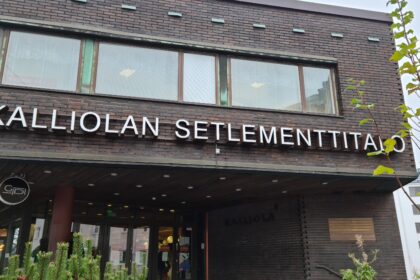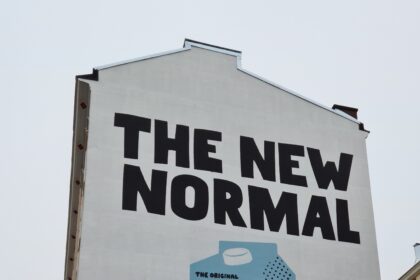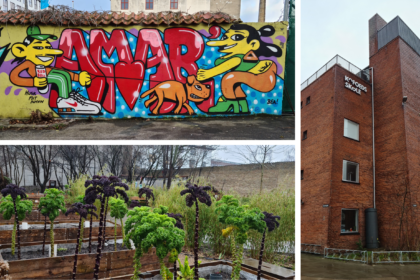Keywords: Mental health issues, urban setting, de-institutionalization, socialization, community turn.
In this resource, you will find the case “The Bumpy Roads to Togetherness” and two related themes with each their questions, exercises and related materials:
- Theme 1: De-institutionalization of mental health and its challenges for urban communities
- Theme 2: The blessings and pitfalls of the ‘Community Turn’
You can jump to the different themes by clicking the title of the theme you wish to work with.
Read the case before continuing with the themes:
THEME 1: De-institutionalization of mental health and its challenges for urban communities
In the spirit of the radical Sixties and Seventies of the 1900’s, a transformation took place of how people thought about the way mental healthcare should be organized. It was no longer deemed socially and politically acceptable that people with mental or learning disorders lived isolated from society, far away in institutions in the forests and the dunes. The general opinion emerged that it is not only better for the institutionalized people themselves, but society would benefit from being inclusive for all, no matter someone’s psychological of mental make-up. The inclusion of people with mental or cognitive disabilities would transform society into a more ‘friendly and human’ place. This inclusive ideal of caring communities appealed to social policy makers as it promised a more cost-effective form of mental health support. Since the Eighties of last century, the shift from institution (also called ‘intramural’) to community care (also called ‘extramural’) was implemented as many former intramural living people returned to live independently or in small-scale supported residential communities in existing neighborhoods.
To create a supportive environment for people in need of mental health care is full of challenges. Research indicates that many experience health, and safety deficiencies, as well as insufficient income, hurdles to employment and the inability to develop relationships. This all burdens their and society’s expectations for full-fledged participation.
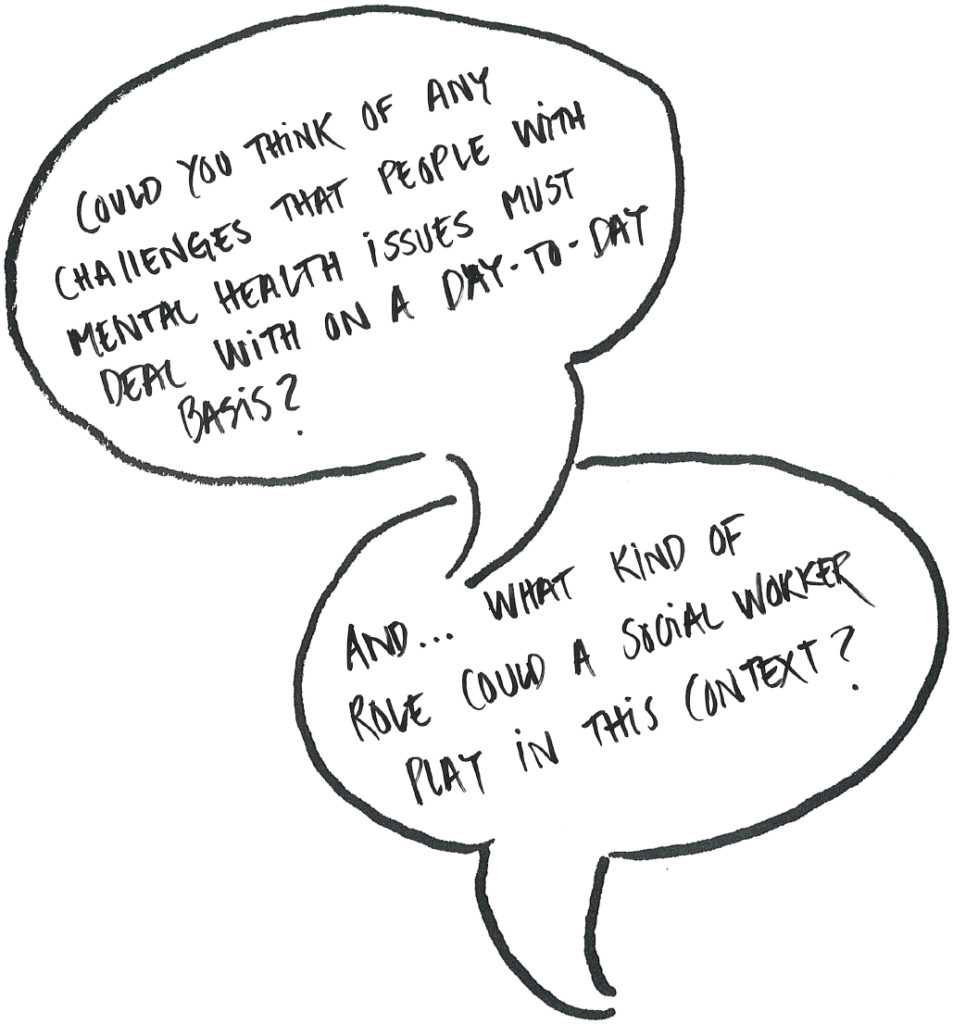
Discuss the following:
- What are the pros and cons of living with mental health issues in an urban environment? Use examples of Harm (section 2 of the case), Jan (section 3) and mister Kasmi (section 4).
- What does Peter mean by saying ‘you’ll never get deep into the neighborhood’? (see section 3) Use Wirtz’s ‘fragmented nature of urban identity’ to explain (section 2).
- Do you recognize the process of ‘residualization’ in your own city (section 3)? What do you think are the main challenges of this phenomenon?
THEME 2: The blessings and pitfalls of the ‘Community Turn’
Since the 1990s in many welfare states the community level has been designated as the anchor point for addressing wider social problems such as unemployment, migration and the rising costs of care and public health. Thus, the responsibilities from state-level trickles down to community level.
Community-orientated work has in many European countries become key and social workers are expected to focus on communities and mutual self-help of citizens, as well as to involve informal civil society initiatives, and organizations. The so called “community turn” refers to the tendency to suggest the unidentified or unused resources at the community level as a resource for self-help and social support (Turner, 2009). The idea is that collective arrangements for social support, care, and health will free energies for individual responsibility. Part of this ‘communification’ is to enable individuals and communities to become more responsible for each other in terms of mutual, neighborly care and support.
In Europe, scholars have adopted the term “community turn” (Cornwall, 2008; Shaw, 2011). This term highlights the turn in European welfare regimes around the end of last century from service coming from the state to emphasizing responsibility and resources of the community.
Besides the term ”community turn” (Turner, 2007) labels such as ”Big Society” (Blond, 2010; Scott, 2010), ”Active citizenship” (Gaynor, 2011), ”enabling state”, or ”Participation Society”, as it has been coined in the Netherlands, are also expressing the same tendency. The terms might appear at first sight to acknowledge the historical mission of community development to strengthen the social and also political potential of the community. However, May Shaw, a prominent scholar in community development history concludes:
The notion of the ‘enabling state’ implied in this model seems to be conveniently embodied in professional community work, with its traditional emphasis on self-help. In fact, it has been argued that the self-help ethic has performed an important ideological function by reinforcing the attack on the so-called dependency culture in ways which may have facilitated the shifts in policy necessary to transmute the ‘public issues’ of the social democratic welfare state into the ‘personal troubles’ of the neoliberal managerial state.
(Shaw, M. 2011, p. 130)
Moreover, this new approach has a crucial impact on the daily work activities of social workers. Social workers are in many places expected to work in neighborhood-based multidisciplinary teams with the explicit task to primarily explore how neighbors, relatives, friends and local volunteers could address the needs for care, social or other support, before providing for example state-based service. It is central for social workers to recognize the strengths, as well as the challenges of these developments.
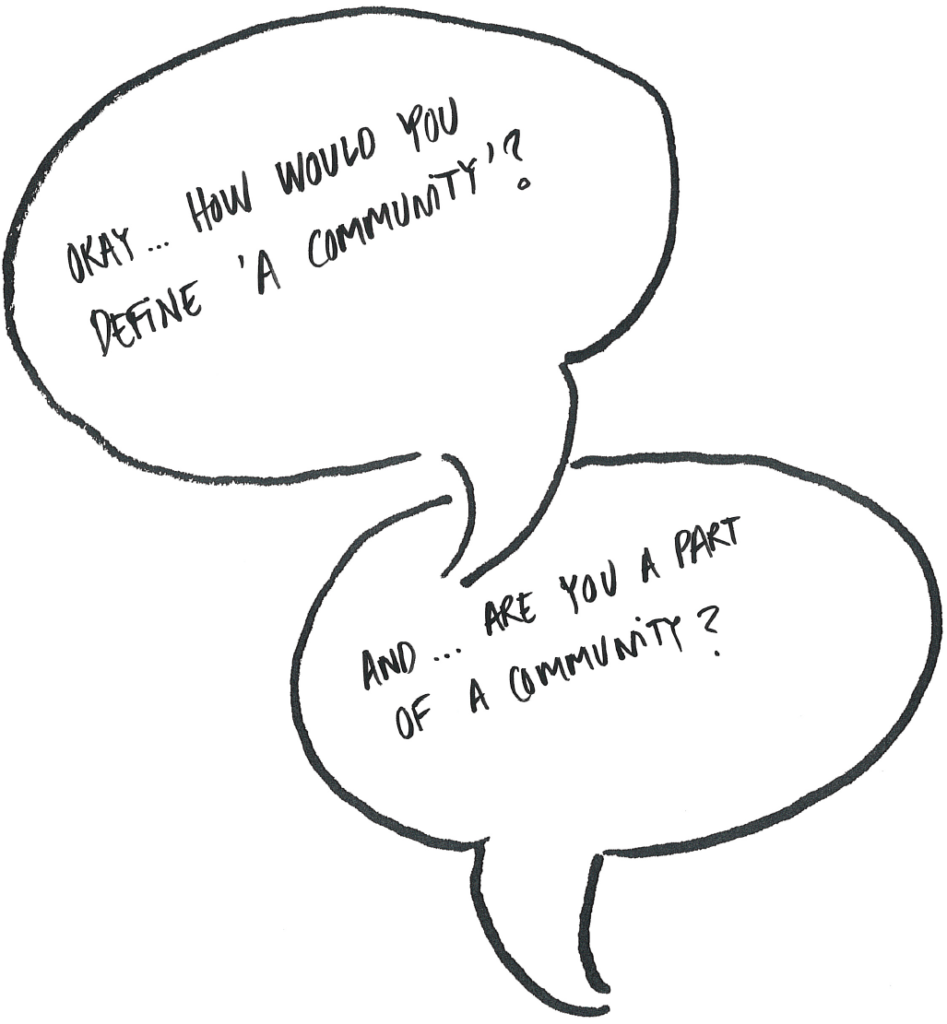
Discuss the following:
- Describe in your own words what is meant by the term ‘Community Turn’ (see section 4 of the case) – means. How do you evaluate this community turn, based on what you consider the benefits and challenges of this community turn?
- Why do you think Richard Sennet would consider the ‘community turn’ as a ‘naive response’? How do you evaluate his position?
According to Peter, one of the biggest obstacles with ‘crafting communities’ is the ‘continuous discontinuity.’ (see section 4).
- What do you think Peter means by this? Try to explain this from Jane Addams’ idea as ‘crafting communities as a process.’
- Why is this an issue, especially for people with mental health problems?
Engage yourself in this thought experiment (in ‘phronetic’ or value-based reasoning):
- Read section 4 of the case.
- Think about what Peter says about the dangers of ‘production-line thinking’ and discuss the following phonetic questions:
- Where will this ‘production-line thinking’ lead us?
- Is the logic of ‘production-line thinking’ desirable?
- Who wins from this way of thinking about social support?
- Who loses if this ‘production-line thinking’ about social support continues?
- What should be our actions based on the outcomes of your reflections about the first four questions?

Extra material to “The blessings and pitfalls of the ‘Community Turn’”
Read section 1 and 2 of the case De Boeg (A place for all is a place for no one) to understand more about the social law transition from welfare to participation in the Dutch society.

Read more about Peter’s work and the service users in the story: ‘Peter and the Gaul’s of the Roman Empire.’

References
Blond, P. (2010). Red Tory. How Left and Right have Broken Britain and How we can Fix It. London: Faber and Faber.
Cornwall, A. (2008). Unpacking ‘Participation’: models, meanings and practices. Community Development Journal, 43(3), 269-283.
Gaynor, N. (2014). The tyranny of participation revisited: International support to local governance in Burundi. Community Development Journal, 49(2), 295-310.
Turner, A. (2009). Bottom-up community development: Reality or rhetoric? The example of the Kingsmead Kabin in East London. Community Development Journal, 44(2), 230-247.
Shawn, M. (2011). Stuck in the middle? Community development, community engagement and the dangerous business of learning for democracy. Community work development Journal. 46(2). 128-146.

